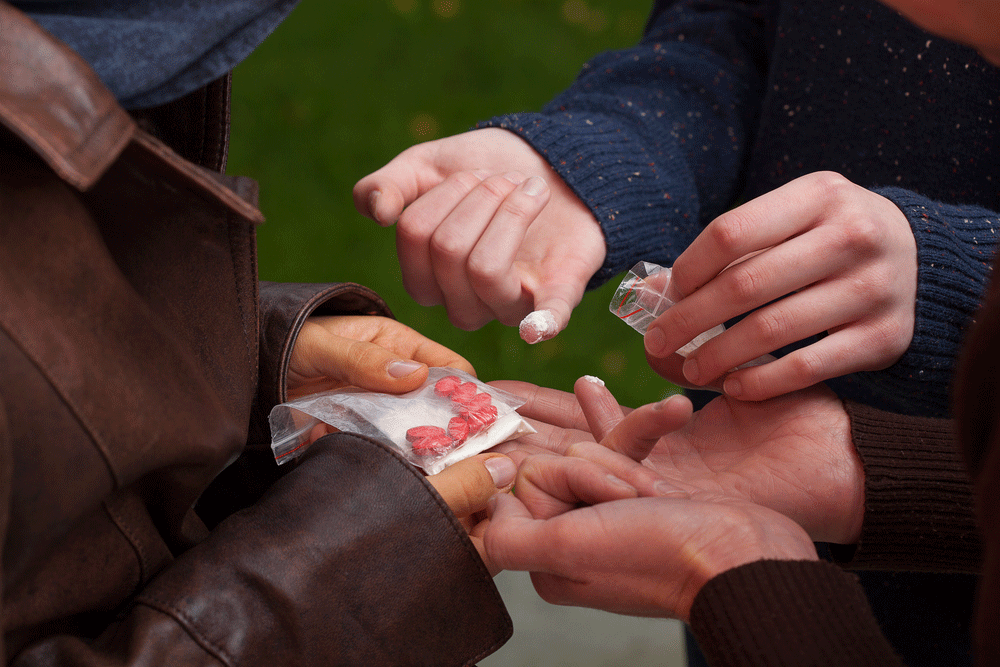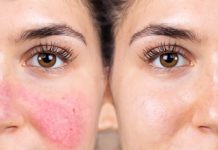at risk for experimenting with habit-forming substances. Fortunately, teens with a less polarized hormonal shift will not have the urge to quiet emotional disparities and oscillating hormones with intoxicating substances.
Peer influence is a detrimental factor contributing to drug use in young adults. Adolescents may feel peer pressure when someone is trying to convince them to take a hit of marijuana or to drink their first beer. The National Institute on Drug Abuse (NIDA) reported that the earlier a young person starts using a drug, “the more likely he or she is to develop serious problems.” Nearly 70 percent of high school students have tried drinking alcohol and 20 percent have used prescription drugs for non-medical purposes. Addiction, in many cases, begins with teenage experimentation.
NIDA also stated that young people are often unaware of the many dangers associated with substance abuse. Even if they are cognizant of the risks, their lack of impulse control, inclination towards instant gratification, and poor decision-making skills enable them to ignore risks without properly assessing them. However, teens and young adults that have gone through hormonal shifts prior to experimenting with drugs and alcohol are at less risk of using drugs and developing an addiction.
Adolescents who have experienced physical, emotional or sexual abuse are also more likely to suffer from addiction than those who haven’t. Whether caused by trauma or hormones, the melancholy that young people experience during their formative teen years is another cause of drug abuse and dependence. Teens that manage to avoid intense emotions during this unstable period can more easily avoid escapism and addiction.
In an affluent country where drugs are readily available, addiction is more pertinent than ever. J, Roughly 8.4 percent of the population or just over 20 million Americans are living with a substance abuse disorder, according to the Substance and Mental Health Services Administration.
Could recognizing the risks for teen drug addiction be a window to developing a broader solution?
















